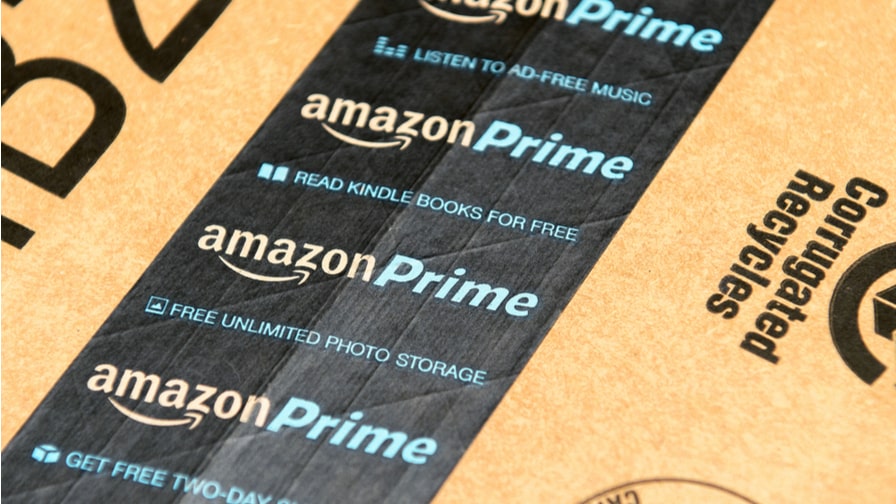Amazon claimed that this year’s Prime Day (July 16) was the biggest shopping event in Amazon history, with over 100 million products sold – despite the website’s temporary crash on Monday afternoon.
In the lead up to Prime Day, retailers spread the word about their deals. Media intelligence platform BIScience analysed how many adverts each top retailer produced going into Prime Day. The results saw Amazon leading the way, with 21,000 ads promoting Prime Day and other deals on the website. Walmart followed with 5,800 ads promoting its online deals, while Best Buy fell last with 730 ads.
Meanwhile, the number of impressions earned by Amazon ads that ran ahead of and on Prime Day was around 175 billion. The majority of these impressions came from desktop display ads, which accounted for 54% of ad impressions leading up to the annual shopping event.
Retailers competing with Amazon saw the most impressions with mobile display ads, with the medium accounting for 93.9% of ad impressions for Walmart followed by eBay (62%) and Target (58%).
Elsewhere, mobile video accounted for 79% of ad impressions for Best Buy and 32.6% for Target.
Retail boost in sales
Amazon Prime Day offers plenty of opportunities to boost sales, recruit Prime members and promote its own products, although other retailers took an interest in promoting their own sales around Prime Day too. According to Adobe Analytics, it event boosted sales among other large retailers sales by 54%, which could be attributed to increased conversions on their own sites.
Data also revealed that larger retailers saw a 50% increase in sales on Prime Day compared to just a normal Tuesday. Abode’s data comes from its analysis of one trillion visits over 4,500 retail sites, and 55 million stock keeping units.
Amazon hasn’t yet revealed how much money people spent on the day, although the retail think tank Coresight Research predicted sales would reach around $3.4 billion.

